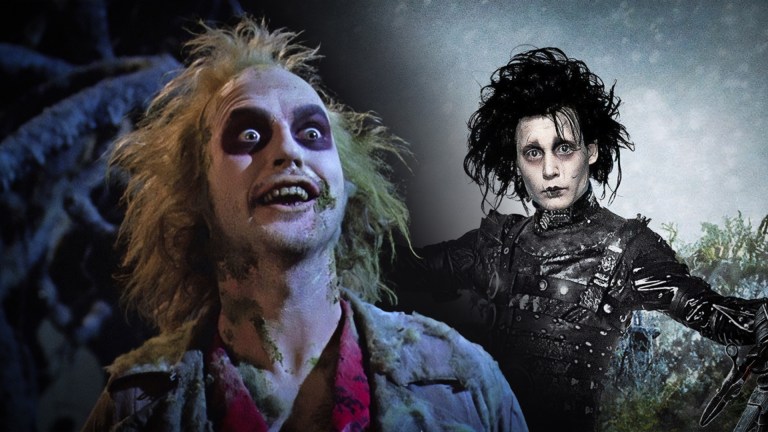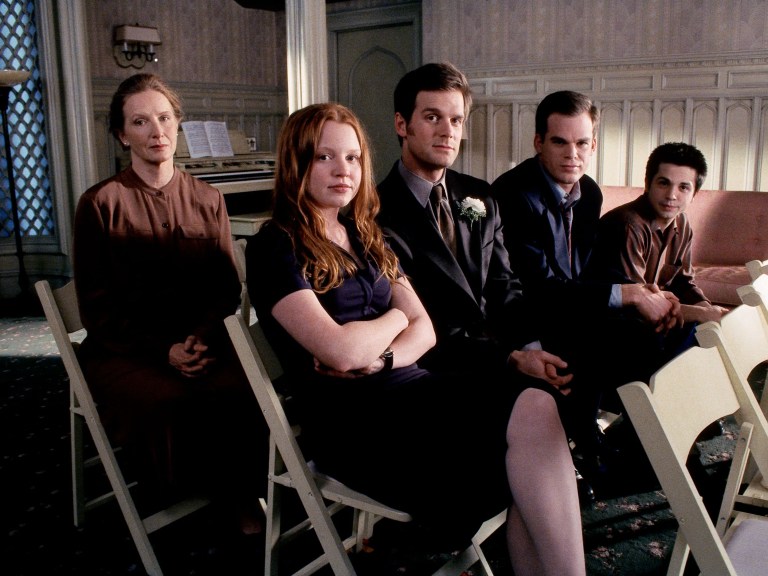
This Is How You Actually Become A Great Writer
Greatness doesn’t come from a single great idea or Eureka moment. It comes from painstakingly borrowing other people’s work and building on it. We steal our way to greatness.
By ![]() Jeff Goins
Jeff Goins

The historian Will Durant once wrote, “Nothing is new except arrangement.” Even that quote is not new, however, hearkening back to the biblical line that there is “nothing new under the sun.” What we perceive as original is often just a rearrangement of what has come before. This is especially true for creativity.
When I began my career as a writer, I wanted to find my voice. Whenever I tried to write in what felt like my style, though, it wasn’t good. Inevitably, the style would drift to that of whatever book I had just read. For a long time, I thought real writers did something different. They must have been born with innate talent, some style that was just waiting to get out onto the page. Turns out, that’s not true. We find our voice by writing in other voices.
According to researcher Mihaly Csikszentmihalyi, creative work is comprised of five steps:
- Preparation
- Incubation
- Insight
- Evaluation
- Elaboration
What we often think of “creativity” is really the final step, elaboration, which requires you to pay attention to several things, including your knowledge of the field and your colleagues. “By interacting with others involved with similar problems,” Csikszentmihalyi wrote, “it is possible to correct a line of solution that is going in the wrong direction [and] to refine and focus one’s ideas.”
In other words, we create not in isolation but with the influence of others around us. So forget the flashes of insight and every other myth you’ve heard. Creativity is not about being original; it’s about learning to rearrange what has already been in a way that brings fresh insight to old material. Innovation is really iteration. We learn from those who have come before us and borrow from their creations to make things the world calls “original.” As Picasso has been attributed to saying, “Good artists copy. Great artists steal.”
Ironically, there are others who have been credited for saying the same thing. Even a quote about stealing is not an original creation. This work we do is not making things out of nothing. Creative work involves pulling together old ideas and offering new insights on them. In a word, stealing—that’s what creativity really is. Petty theft. We do not create our way into becoming artists; we rob our way in. “You have to steal,” actor Michael Caine once said. “Steal whatever you see.”
Stealing—that’s what creativity really is. Today we have countless opportunities to borrow from our influences, both present and past, but how we do this matters.
This creative theft is not something you do because you are lazy or undisciplined. Quite the opposite, in fact. The best artists steal, but they do so elegantly, borrowing ideas from many sources and arranging them in new and interesting ways. You have to know your craft so well that you can build on the work of your predecessors in a way where you’re adding to the body of existing work.
Study the Greats Who Came Before
There is a secret every professional artist knows that the amateurs don’t: being original is overrated. The most creative minds in the world are not especially creative; they’re just better at rearrangement. In order to do that, they have to be familiar with their influences. They have to study before they steal. Yes, before you become an artist, you must become a thief; but even before you do that, you must first become a student.
Begin As a Copycat, End As a Master
Great artists do not try to be original. They copy the work of both masters and peers—word by word, stroke by stroke, they mimic what they admire until those techniques become habitual. “Skill gets imprinted through action,” as dancer and choreographer Twyla Tharp once said. We create by copying, and as we do, the skill becomes embedded into our memory.
Build on the Past
The difference between a true artist and a copycat is that the artist builds on the work she has received and the copycat only mimics it. Yes, we all start by doing what others have done, but those who master their crafts don’t stop there. They keep copying until the techniques become internalized. Then and only then can you create something the world calls “original.”
Honor Among Thieves
As you watch and learn and eventually borrow from these influences, remember to do so in a way that honors them. Let your influences know you are learning from them and that they are inspiring you. Help them understand your motive, which is to build on the work, not pass it off as your own. And as much as possible, cite your sources, giving credit where credit is due. This won’t discredit you. It will likely endear you to your influences and your audience. Showing your ability to copy others’ work will prove that you did your homework.
When you steal, don’t just copy and paste the work of your predecessors. Once you have mastered the form, bring those influences together in a new way. Curate before you create. If you do this well, you won’t be merely cribbing other people’s work and passing it off as your own. You will be building on it and making it better.
***
Turns out, it really does pay to steal—when you do it the right way. This borrowing of ideas is the kind of “theft” that thriving artists have been practicing for centuries, and it’s what you will have to do if you want your art to make it in the world too.
Greatness doesn’t come from a single great idea or Eureka moment. It comes from painstakingly borrowing other people’s work and building on it. We steal our way to greatness. ![]()











